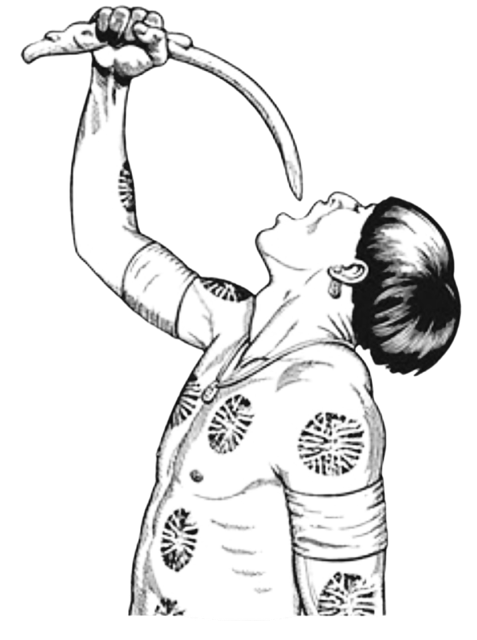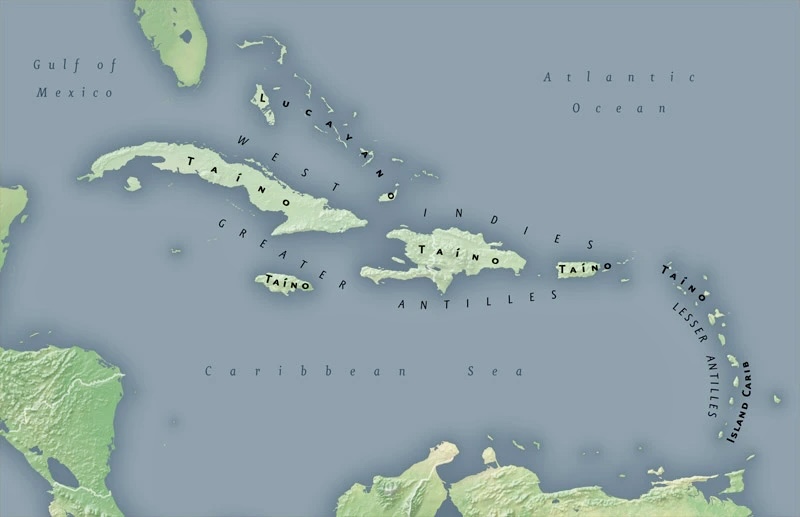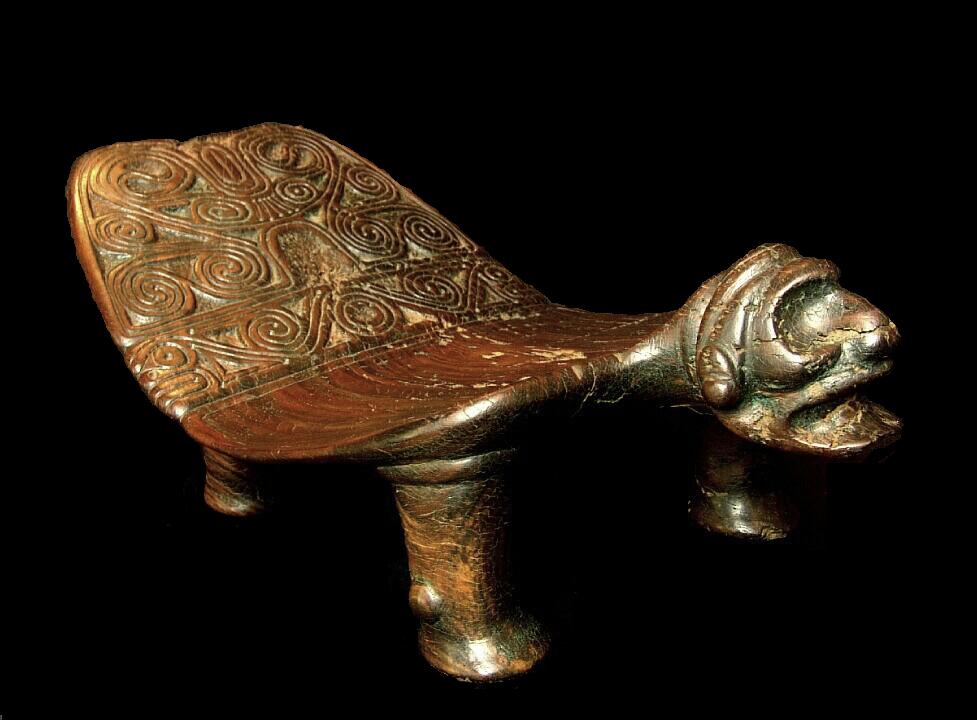The Taino Purging Stick: A Sacred Tool of Ritual Cleansing
The Taino people, indigenous to the Caribbean, were known for their advanced society and complex spiritual practices. Central to their religious rituals was the purging stick, also known as the spatula, vomitivo, or vomit stick, which was a significant tool in spiritual cleansing rituals. used to induce vomiting as part of a purification process. This tool prepared the Taino for communion with their gods, known as zemi. The purging stick was crucial in cleansing the body and soul, unlike the ceremonial duho, a stool reserved for the cacique (chief).

This article explores the design, spiritual importance, and role of the purging stick in Taino ceremonies and the leadership of the cacique and spiritual leaders in Taino religious life.
The Taino People: Social and Spiritual Structure
The Taino lived in the Greater Antilles, including present-day Cuba, Puerto Rico, the Dominican Republic, Hispaniola, Jamaica, and the Bahamas. They formed organized societies under the leadership of a cacique, who held both political and religious authority. The cacique maintained social order and led religious ceremonies, seated on a duho during these events. Spiritual leaders, known as bohíques, guided the community in rituals and communicated with the zemi, believed to control natural elements, health, and prosperity.

The Taino Purging Stick: Purpose and Use in Rituals
The purging stick, typically crafted from bone, wood, or shell, was used to induce vomiting as a means of physical and spiritual cleansing. Vomiting symbolized the removal of impurities, preparing participants for rituals aimed at communing with the zemi. This purification process was essential for gaining spiritual insight.
Before important rituals like the cohoba ceremony, participants, including the cacique, used the purging stick to cleanse their bodies. Vomiting was believed to clear the mind for receiving divine messages, particularly for leaders who sought wisdom to guide the community.

Physical Characteristics of the Purging Stick
Purging sticks ranged from several inches to nearly a foot in length, often with one tapered end for easy insertion. While functional, these sticks were often decorated with carvings of zemi figures or spiritual symbols. The materials used reflected social status, with higher-ranking individuals using sticks made of shell or polished stone. The detailed craftsmanship of each stick reinforced its sacred role in Taino life.
The Role of the Purging Stick in the Cohoba Ceremony
In the cohoba ceremony, participants inhaled a hallucinogenic snuff made from the seeds of the Anadenanthera peregrina tree, believed to induce a trance for communicating with the gods. Before this ritual, participants used the purging stick for cleansing. The cacique and others, seated on their duho, inhaled cohoba through a straight or Y-shaped tube.
The cacique presided over the ceremony as a political and spiritual leader, interpreting divine messages to guide the community. The purging stick ensured the cacique’s readiness for this sacred communion.
Symbolism and Spiritual Importance
The purging stick was not merely a physical tool but a sacred object representing the removal of spiritual obstacles. Its use was guided by bohíques, who ensured the proper steps were followed for successful communication with the zemi. Carvings on the sticks invoked the presence of the zemi during purification, emphasizing their spiritual significance.
Archaeological Discoveries: Insights into Taino Spiritual Life
Archaeological excavations in the Caribbean have uncovered purging sticks alongside other ceremonial objects like cohoba inhalers and duho stools. These discoveries provide evidence of the tools used in Taino rituals, highlighting the central role of the cacique and bohíques.

Notably, artifacts found at Cueva del Indio in Puerto Rico included purging sticks with traces of cohoba, confirming their use in pre-ritual preparations. The discovery of these sticks, often intricately carved, underscores their sacred status and importance in Taino religious life.
The Cacique’s Role in Religious and Spiritual Life
The cacique was a political and spiritual leader who served as the intermediary between the community and the gods. Seated on a duho during rituals, the cacique used the purging stick to purify themselves before receiving divine guidance. This purification process was crucial for ensuring clear communication with the zemi.

Conclusion
The purging stick was a vital component of Taino’s spiritual and ritual life, used to cleanse participants before communing with the gods. Its role in the cohoba ceremony and intricate designs emphasized its significance in Taino culture. The cacique’s dual role as leader and spiritual guide highlighted the importance of purification in receiving divine messages. Archaeological findings reveal the purging stick’s key role in Taino society, preserving their profound spiritual connection and ritual practices.
Symbolism & Mythology in Pre-Columbian Art
Research Academic Papers and News Articles
